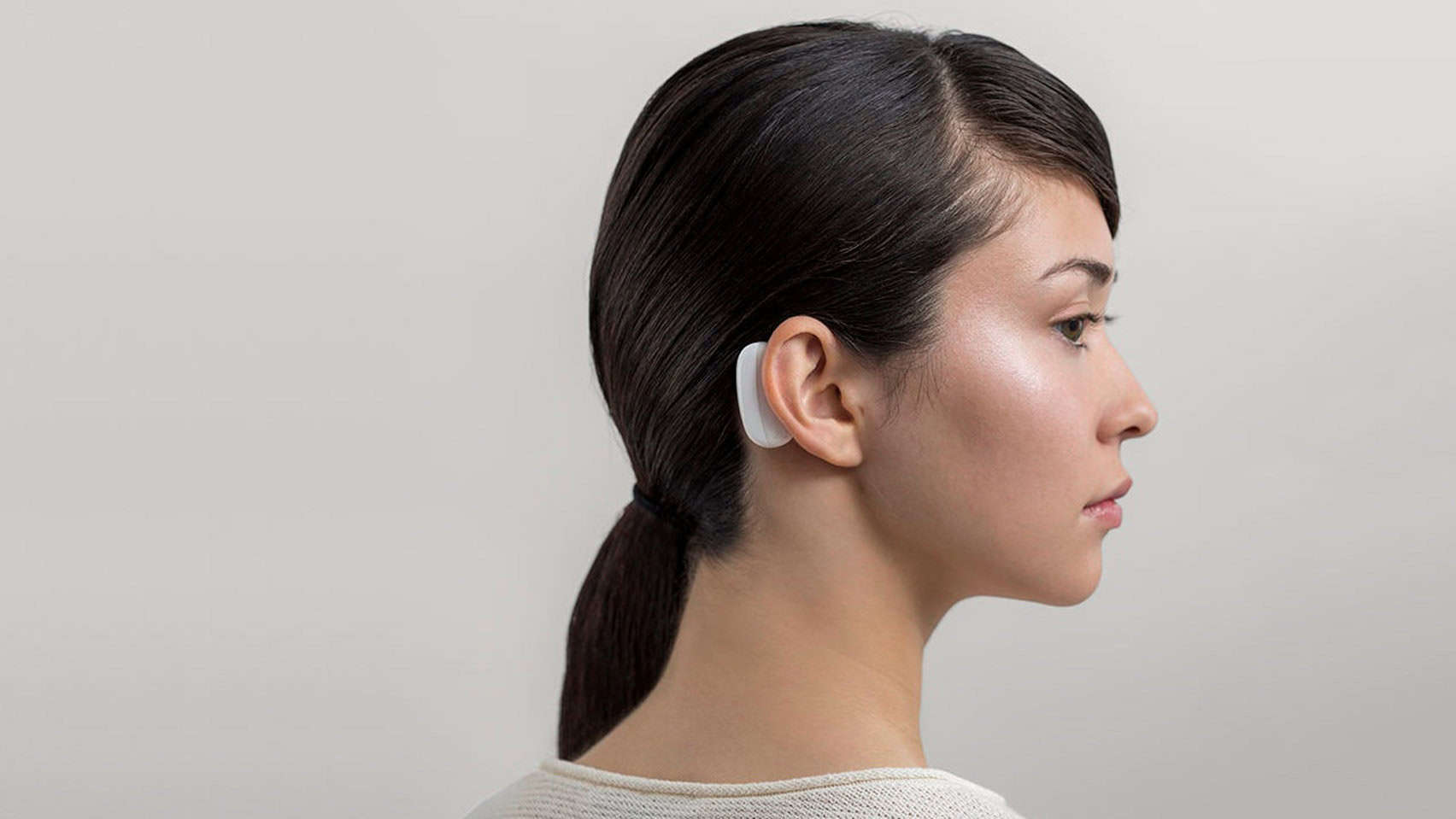
Tesla founder Elon Musk has launched tech startup Neuralink to build implants that connect human brains with computer interfaces via artificial intelligence.
The approaching technology would see groups of minuscule, flexible electrode “threads” implanted into the human brain by a neurosurgical robot.
These threads detect and record the electrical signals in the brain, and transmit this information outside the body.
This has the potential to create a scalable high-bandwidth brain-machine interface (BMI) system, meaning that it connects the brain to an external device to form a brain-machine interface.
First tests on humans by end of 2020
The goal is to use Neuralink to understand and treat different forms of brain or spine-related disorders. For instance, paralysed humans could use the implanted device to control phones or computers.
However Musk also envisions the implant as a means of enhancing your own brain, giving humans the option to achieve a symbiosis with artificial intelligence (AI).
This could eventually lead to a future of “superhuman intelligence”, according to Musk.
As Musk explained at the Neuralink Launch Event in San Francisco on 16 July, the idea is to create a “well-aligned future” that mitigates the supposed existential threat of AI.
He and his team hope to test the system on a human patient before the end of 2020.
Each group of threads could contain as many as 3,072 electrodes, which would be distributed across 96 threads.
Musk’s Neuralink startup has also built a neurosurgical robot that is capable of inserting six threads into the human brain per minute.
Each thread is smaller than one tenth of the size of a human hair and contains 192 electrodes.
Threads inserted by neurosurgery robot
Each electrode group is encased inside a small implantable device that contains custom wireless chips, measuring four by four millimetres.
The threads would be individually inserted into the brain “with micron precision” by a tiny needle at the end of the robot, which measures around 24 microns in diameter.
This would be able to target specific parts of the brain and avoid damaging any blood vessels.
As Neuralink president Max Hodak told The New York Times, currently the operation would require drilling holes into the patient’s skull to implant the threads.
In the future, however, they hope to use a laser beam to pierce the skull with a series of tiny holes, which wouldn’t be felt by the patient.
“As safe and painless” as laser eye surgery
The implant would work by recording information emitted by neurons in the brain, as explained in a video presentation at the event.
The brain’s neurons connect to form a large network through synapses. At these connection points, neurons communicate with each other using chemical signals called neurotransmitters, which are released in response to an electrical spike called “action potential”.
When a cell receives enough of the right kind of neurotransmitter input, a chain reaction is triggered that causes an action potential, as the neurons relay messages to the synapses.
These action potentials produce an electric field that spreads from the neuron, and can be detected by placing electrodes nearby, allowing recording of the information represented by a neuron.
The Neuralink operation claims to be as safe and painless as having laser eye surgery, involving a two to eight millimetre incision in which to place the chip, which requires no stitches.
Musk joked on stage that users “won’t feel a thing”.
Wearable device connects implant to external devices
As many as 10 implants could be inserted into one hemisphere of the brain. These are connected via very small wires tunnelled under the scalp to a conductive coil behind the ear.
This coil connects wirelessly through the skin to a wearable device that the company calls the Link, which contains a bluetooth radio and a battery.
A single USB-C cable provides full-bandwidth data streaming from the device to a phone or computer, simultaneously recording all chip channels.
Controlled via a smartphone app, the Link can be used to make software updates and fix bugs via bluetooth, avoiding the need to tamper with the chip. Once the Link is taken off, the implant is shut down.
The launch of Neuralink follows Musk’s prediction at the World Government Summit in Dubai two years ago that humans will need to digitally enhance their brains if they are to keep up with computers in a future dominated by artificial intelligence.
“Over time I think we will probably see a closer merger of biological intelligence and digital intelligence,” said Musk. “It’s mostly about the bandwidth, the speed of the connection between your brain and the digital version of yourself, particularly output.

